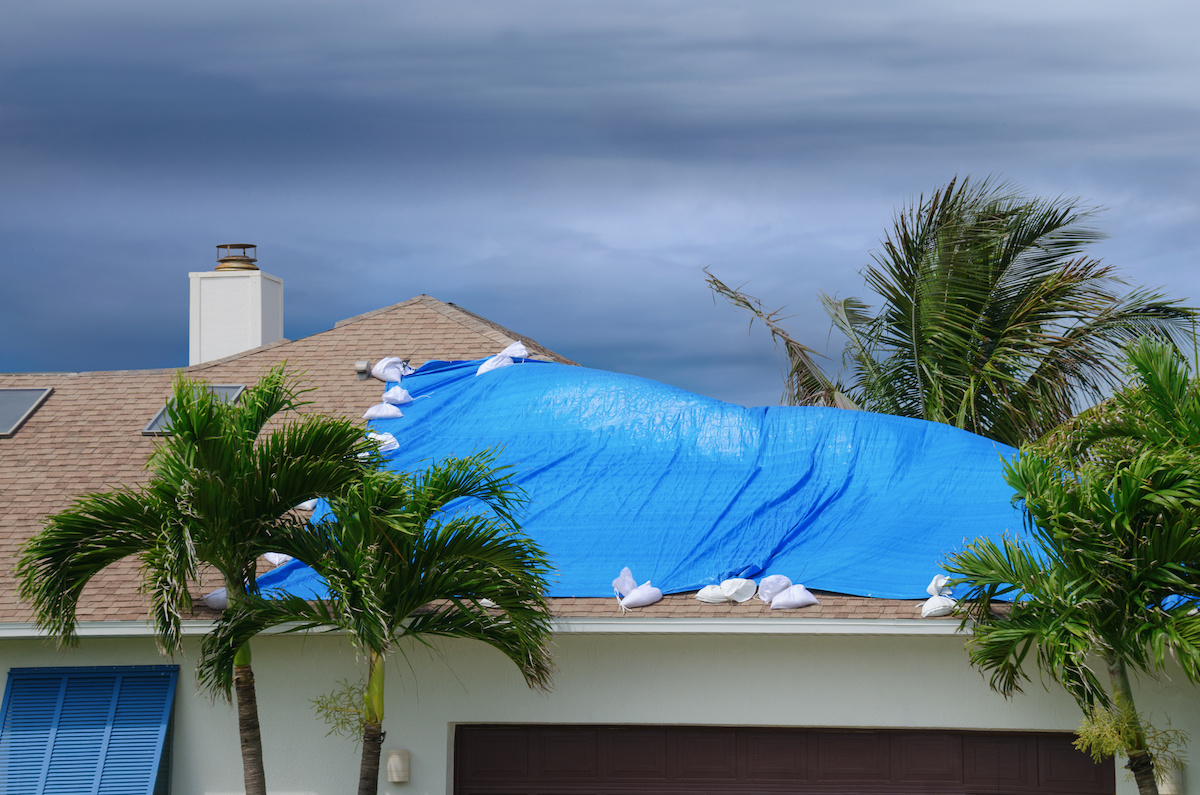Hurricane Beryl’s Impact on Grenada’s Infrastructure

Grenada hurricane beryl – Hurricane Beryl wreaked havoc on Grenada’s infrastructure, leaving a trail of destruction in its wake. Buildings, roads, and bridges bore the brunt of the storm’s fury, while essential services such as electricity, water, and communication were severely disrupted.
The fierce winds of Hurricane Beryl have battered Grenada, leaving a trail of destruction in its wake. As the storm rages on, we turn our attention to hurrican beryl , a powerful force of nature that has wreaked havoc on the island.
Its relentless fury has uprooted trees, damaged buildings, and disrupted the lives of countless Grenadians. Amidst the chaos, we pray for their safety and resilience as they navigate this devastating storm.
Buildings
Numerous buildings across the island sustained significant damage. Residential homes, businesses, schools, and government buildings were not spared from the storm’s wrath. Roofs were torn off, windows shattered, and walls collapsed, rendering many structures uninhabitable. The extent of the damage has left many residents homeless and businesses struggling to operate.
Roads and Bridges
Hurricane Beryl’s powerful winds and torrential rains wreaked havoc on Grenada’s road network. Major roads were blocked by fallen trees, debris, and damaged bridges, making it difficult for emergency responders to reach affected areas. The disruption of transportation routes has also hindered the delivery of essential supplies and services to communities in need.
The devastating impact of Hurricane Beryl on Grenada was heartbreaking, leaving behind a trail of destruction. Amidst the chaos, the resilience of the human spirit shone through, as captured by sepia bride photographer. Their poignant images immortalized the strength of those who faced adversity with grace and determination.
The hurricane’s fury had subsided, but the scars remained, a testament to the resilience of the people of Grenada.
Essential Services
The hurricane’s impact on Grenada’s infrastructure has had a severe impact on essential services. Power outages have affected thousands of households and businesses, leaving them without electricity for days. Water supply systems have also been disrupted, causing shortages and contamination concerns. Communication networks have been damaged, making it difficult for residents to stay connected with loved ones and access important information.
Economic Consequences of Hurricane Beryl in Grenada: Grenada Hurricane Beryl

Hurricane Beryl’s destructive impact on Grenada has had significant economic consequences. The immediate aftermath saw a decline in economic activity, while the long-term effects will depend on the government’s response and the resilience of the island’s economy.
Tourism
Tourism is a major contributor to Grenada’s economy. However, Hurricane Beryl damaged several hotels and resorts, resulting in a loss of revenue and jobs. The island’s tourism infrastructure will require significant investment to repair and rebuild, impacting the industry’s long-term growth.
Agriculture, Grenada hurricane beryl
Agriculture is another vital sector of Grenada’s economy. Hurricane Beryl destroyed crops and damaged livestock, leading to a loss of income for farmers. The government has implemented programs to provide financial assistance and technical support to affected farmers, aiming to restore agricultural productivity in the long run.
Fisheries
The fisheries sector also suffered significant damage from Hurricane Beryl. Fishing boats and equipment were destroyed, disrupting the livelihoods of fishermen. The government is providing grants and loans to help fishermen rebuild their businesses, with the goal of revitalizing the fisheries industry and ensuring food security.
Government Response and Recovery Efforts
The Grenada government has responded to the economic impact of Hurricane Beryl with a series of measures. These include financial assistance to affected businesses and individuals, tax relief, and economic stimulus measures to promote investment and job creation. The government’s efforts will be crucial in supporting Grenada’s economic recovery and building resilience against future disasters.
Social and Environmental Impacts of Hurricane Beryl

Hurricane Beryl’s wrath left a trail of devastation in its wake, profoundly impacting Grenada’s social and environmental fabric. The storm’s destructive force uprooted lives, disrupted essential services, and inflicted lasting scars on the island’s delicate ecosystem.
Displacement and Disruption
The hurricane’s fury rendered countless homes uninhabitable, forcing residents to seek refuge in temporary shelters or with family and friends. The displacement of families and individuals exacerbated the trauma of the disaster, disrupting their sense of community and stability. Schools and healthcare facilities were also severely damaged, interrupting education and access to medical care. The disruption of these vital services further compounded the challenges faced by the affected population.
Mental Health Impact
The psychological toll of Hurricane Beryl cannot be underestimated. The storm’s destructive force and the subsequent displacement and loss of property left many Grenadians grappling with anxiety, depression, and post-traumatic stress disorder. The need for mental health support became paramount as the community struggled to cope with the emotional aftermath of the disaster.
Environmental Damage
Hurricane Beryl’s fury extended beyond human infrastructure, leaving a lasting impact on Grenada’s natural environment. Deforestation, coastal erosion, and water pollution emerged as pressing concerns. The storm’s strong winds and heavy rainfall ravaged forests, uprooting trees and stripping away vegetation. Coastal areas suffered significant erosion, threatening the stability of infrastructure and livelihoods. Additionally, the storm’s runoff polluted rivers and streams, contaminating water sources and posing a risk to aquatic life.